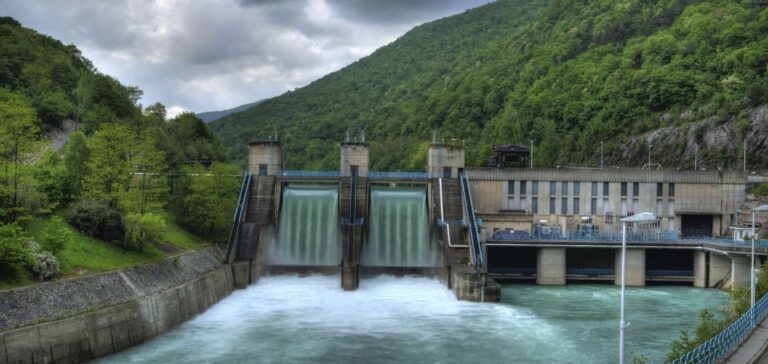The tragedy at the Bargi hydroelectric power station intensified with a revised death toll published on Thursday evening, revealing six deaths and one person still missing. Rescuers extracted two bodies from the underground levels of the Camugnano power plant. A third body was discovered later in the day, bringing the total to six, according to Ansa news agency.
Immediate response from Enel Green Power
In response to the accident, Enel Green Power, which manages the plant, has set up a two million euro fund to help the victims and their families. The company assured us that the dam’s infrastructure had not been affected and that the overall safety of the site had not been compromised. Production was interrupted, but this had no impact on local or national energy supplies.
Incident details and action taken
According to Salvatore Bernabei, CEO of Enel Green Power, the explosion was caused by a fire in one of the plant’s generators. He confirmed that “the dam basin at the Bargi plant has not been damaged and is safe”. He also mentioned that “efficiency improvement work” was underway, planned since September 2022 for a technical upgrade, with no previous safety risks.
An investigation is currently being carried out by Bologna’s public prosecutor, Giuseppe Amato, who is focusing on examining the chain of subcontractors involved in the incident. Specialist companies such as Siemens, ABB and Voith, who were responsible for the upgrade work, are under investigation to determine their responsibility for the events leading up to the accident.






















